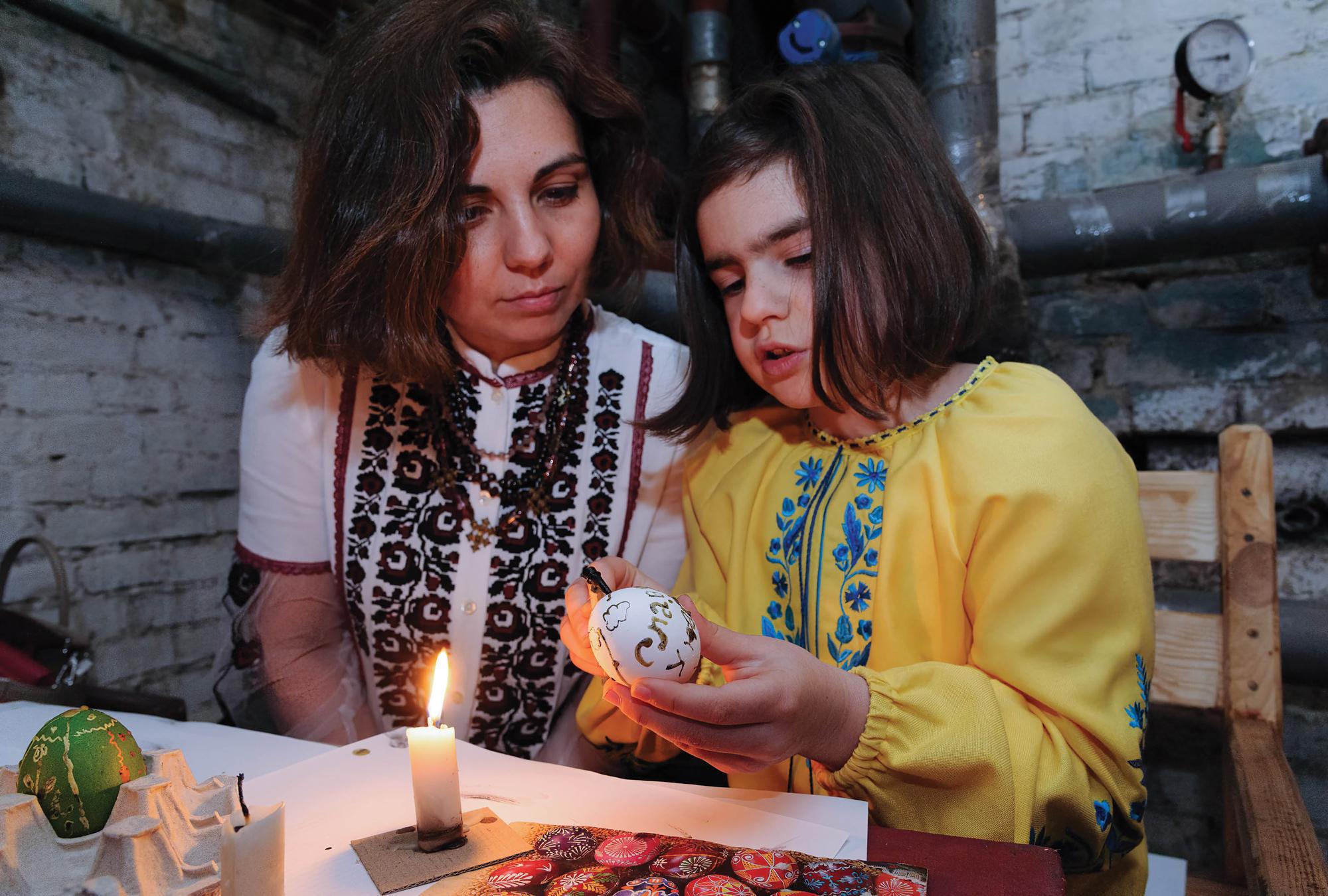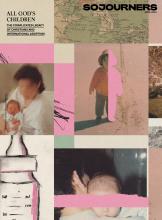Share As A Gift
Share a paywall-free link to this article.
This feature is only available for subscribers.
Start your subscription for as low as $4.95. Already a subscriber?

A woman and girl attend an Easter egg painting class held in a bomb shelter in Lviv. More than a third of Ukraine’s population is displaced by Russia’s invasion. / Mykola Tys / Getty Images
UKRAINE IS, IN A WAY, a very pluralistic country. Nobody has an absolute majority. The Orthodox are the biggest group of believers, but they are divided into two jurisdictions — one that is independent and another one that depends, to a bigger or smaller degree, on Russia and the patriarchate of Moscow. Around 10 percent of the Ukrainian population are Catholic, mostly Eastern Catholic, and follow the same calendar and liturgy as the Orthodox. One to 2 percent are Latin Rite Catholics, and 1 to 2 percent are Protestant.

Got something to say about what you're reading? We value your feedback!